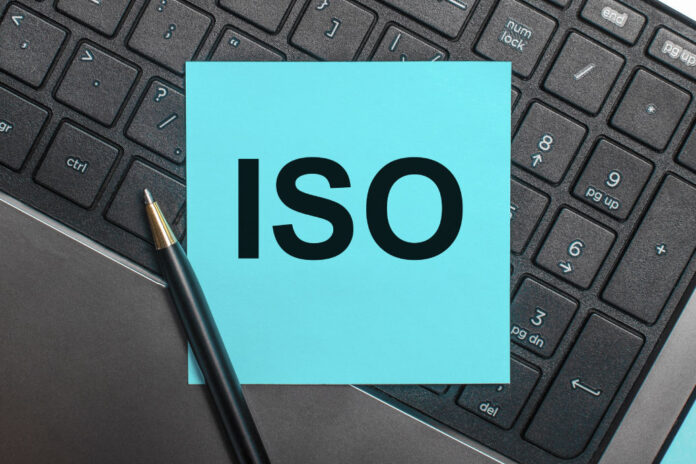The market is becoming increasingly competitive, companies that stand out for their commitment to quality, sustainability and transparency gain not only the trust of their customers, but also a significant advantage in revenue. Obtaining certifications is one of the most effective ways to ensure this differentiation
What does it mean to certify your company
Certifying a company means validating its processes, products or services according to standards recognized nationally and internationally. These standards may be related to quality management (ISO 9001), environmental sustainability (ISO 14001), occupational safety (ISO 45001), social responsibility (SA 8000) or other aspects that vary according to the area of activity
And how does this impact revenue
- Attracting customers and contracts:Certified companies convey credibility, increasing the chances of attracting new clients and closing contracts with large corporations. In some cases, certifications are mandatory requirements for participation in bids or for establishing partnerships with suppliers
2.Customer loyalty:Trust is one of the pillars for retaining customers in the long term. Certifications serve as guarantees that your company adopts good practices, delivering value with consistency
3.Increase in efficiency and reduction of costsDuring the certification process, companies usually review and improve their internal processes, reducing waste and optimizing resources. These improvements directly impact the profitability of the business
4.Brand valuationCertifications highlight your company in the market, creating an image of excellence and commitment. This positive perception adds value to your product or service, allowing for more competitive pricing
5.Expansion into new marketsInternational certifications, like those in the ISO series, can open doors to external markets. Furthermore, many certifications are essential for export, significantly increasing the reach of your company
How to obtain certification for your business
Before starting the certification process, it is essential to assess the areas in which your company wants to excel and identify the most relevant regulations for your sector. Here are some important steps
1.Initial diagnosisEvaluate the current level of compliance of your company with the requirements of the desired certification
2.Team trainingCertifications are only possible with the engagement of the entire team. Invest in training to ensure understanding and adherence to the new standards
3.Adaptation of processesImplement the necessary improvements to meet the certification requirements
4.AuditsConduct internal audits before inviting a certifying institution. This helps to identify possible points of improvement
5.Choose the certifierMake sure that the chosen institution is recognized by the market and accredited by competent bodies
Investing is an intelligent strategy that positively impacts revenue, the efficiency and reputation of your company. As a businesswoman, I see certification not as a cost, but as an investment that brings consistent and lasting returns. The competitive advantage that your company gains by getting certified not only expands business opportunities, but also consolidates its position in the market. After all, recognized quality generates trust, and trust generates results


